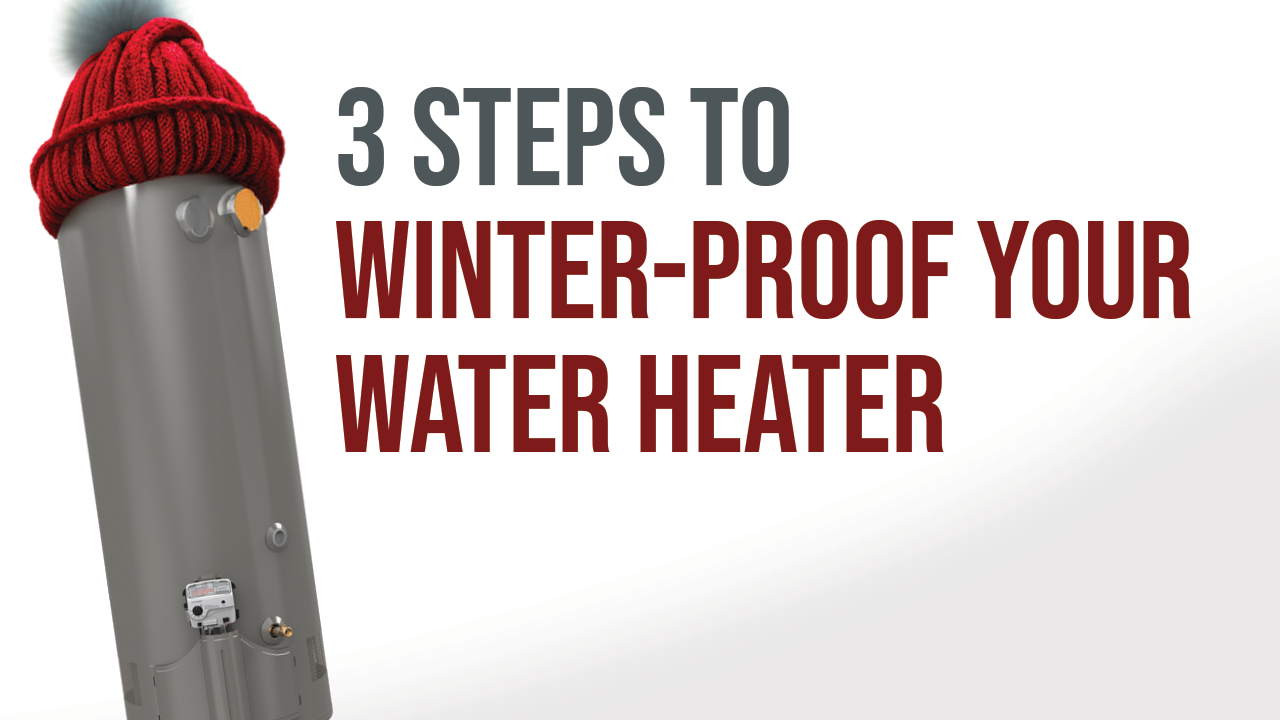Updated January 18, 2024

Dealing with a breaker that keeps tripping can be a real nuisance for homeowners. Whether it’s causing your lights to flicker or shutting down your appliances unexpectedly, it’s a problem that needs to be addressed. In this blog post, we’ll dive into nuisance tripping, helping you understand what it is, how to troubleshoot it, and what solutions you can use to stop your breaker from tripping.
What is Nuisance Tripping in Electrical?
Nuisance tripping occurs when a circuit breaker repeatedly trips or shuts off power without an overload or fault. It’s frustrating, but it is a safety feature to protect your home from electrical fires and damage. Here are some common causes of nuisance tripping:
- Overloaded Circuit: One of the most common reasons for nuisance tripping is overloading a circuit. This happens when you connect too many appliances or devices to a single circuit, exceeding capacity.
- Short Circuits: Short circuits occur when a hot wire directly contacts a neutral wire. This can happen due to damaged wiring or faulty outlets and can cause the breaker to trip.
- Ground Faults: Ground faults happen when the hot wire touches a ground wire or a grounded surface. It can occur in wet areas like bathrooms and kitchens or due to damaged appliances.
How to Troubleshoot a Breaker that Keeps Tripping
Now that you know what nuisance tripping is, let’s explore how to troubleshoot and fix the issue:
- Identify the Problem Circuit: Start by identifying which circuit is causing the tripping. Unplug or turn off all devices and appliances connected to that circuit.
- Check for Overload: Make sure you haven’t overloaded the circuit. Some circuits are meant for specific purposes (e.g., kitchen, bathroom, living room), and overloading them can lead to tripping. If necessary, redistribute the load or consider installing additional circuits.
- Inspect for Short Circuits and Ground Faults: Examine the wiring and outlets on the problem circuit. Look for any signs of damaged wires, loose connections, or burnt outlets. If you find any issues, repairing or replacing the affected components is crucial.
- Test with GFCI Outlets: In areas prone to moisture, such as bathrooms and kitchens, make sure Ground Fault Circuit Interrupter (GFCI) outlets are installed. These outlets can help prevent ground faults and nuisance tripping.
- Consult a Professional: If you cannot identify or fix the problem yourself, it’s advisable to consult a licensed electrician. They have the expertise to diagnose and repair more complex electrical issues.
Solutions to Prevent Nuisance Tripping
To prevent nuisance tripping and ensure the safety of your electrical system, consider these solutions:
- Upgrade Your Electrical Panel: If your home’s electrical panel is outdated or insufficient, consider upgrading to a larger panel. This can provide additional circuits and reduce the risk of overloading.
- Use Surge Protectors: Surge protectors can safeguard your electronics and appliances from power surges, which can cause nuisance tripping. Use surge protectors on sensitive equipment to prevent sudden shutdowns.
- Properly Maintain Your Wiring: Regularly inspect and maintain your electrical wiring. Reply replace damaged wires, outlets, and switches to prevent short circuits and ground faults.
- Reduce Load: Avoid plugging too many devices into a single outlet or circuit. Distribute the load evenly and use extension cords sparingly.
Dealing with nuisance tripping can be frustrating, but understanding its causes and following these troubleshooting steps can help keep your electrical system in shape. Remember that safety should always be a priority, and when in doubt, consult a professional electrician to ensure your home’s electrical system is safe and reliable. Following these tips and taking preventative measures, you can say goodbye to nuisance tripping and enjoy a more reliable electrical system in your home.

Winter brings colder temperatures, which can take a toll on home water heaters. A water heater that isn’t ready for winter may struggle to provide hot water... Read More

Winter can bring a sense of coziness—until you encounter the nightmare of frozen pipes. For homeowners, the risk of plumbing issues due to freezing temperatures is real,... Read More

For many homeowners, dealing with a gas water heater that suddenly stops working can be a daunting experience. However, in many cases, the issue may be as... Read More